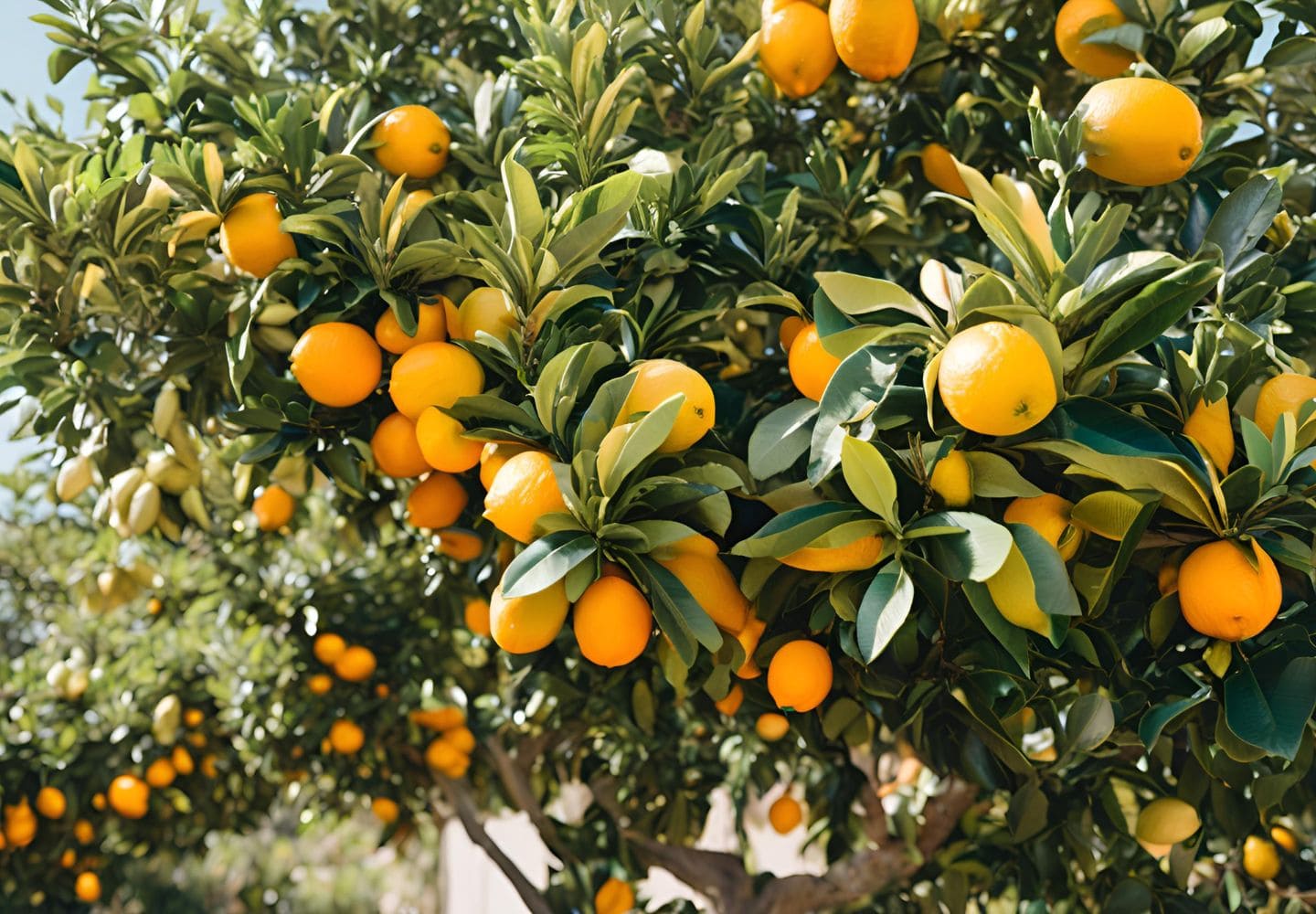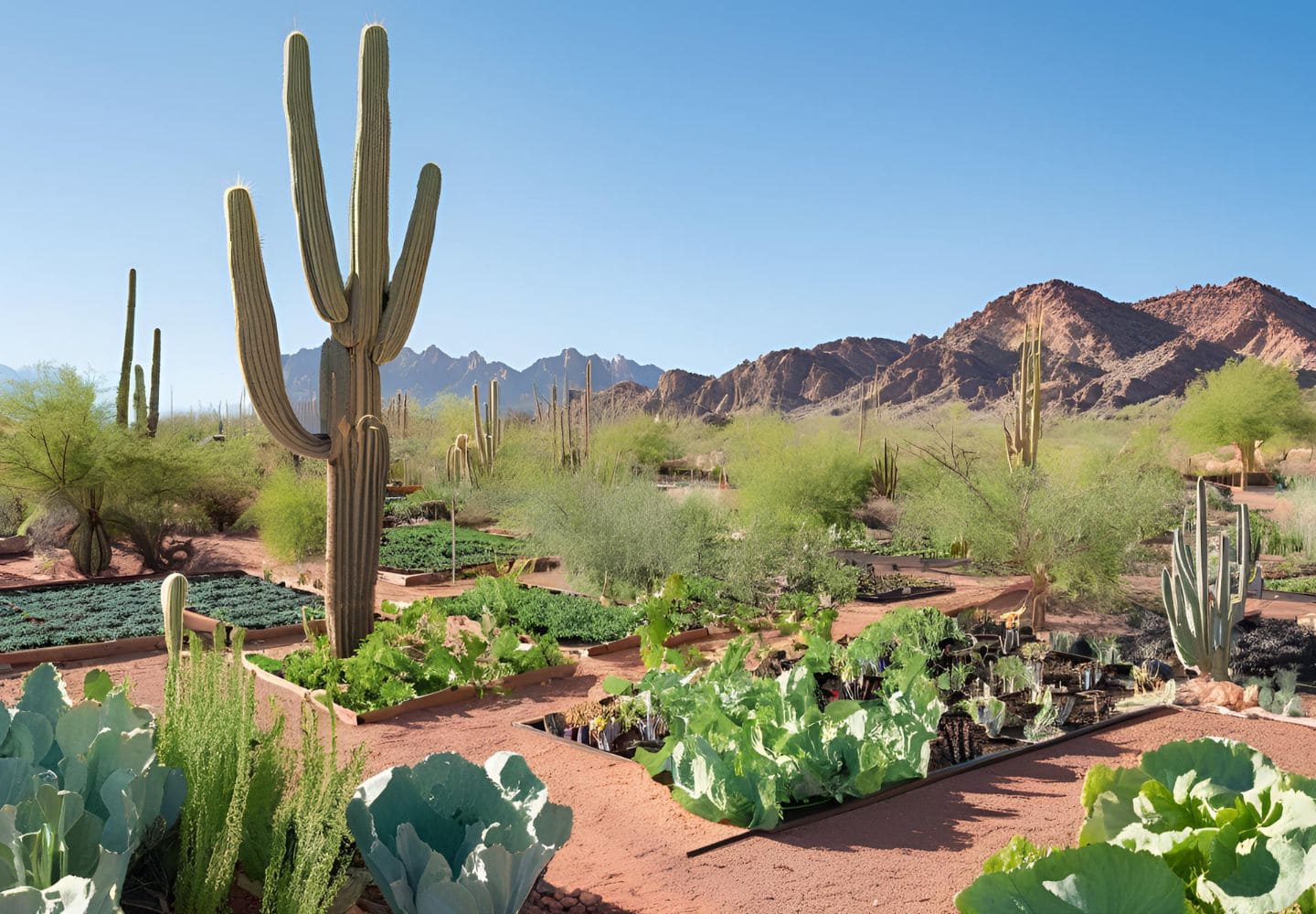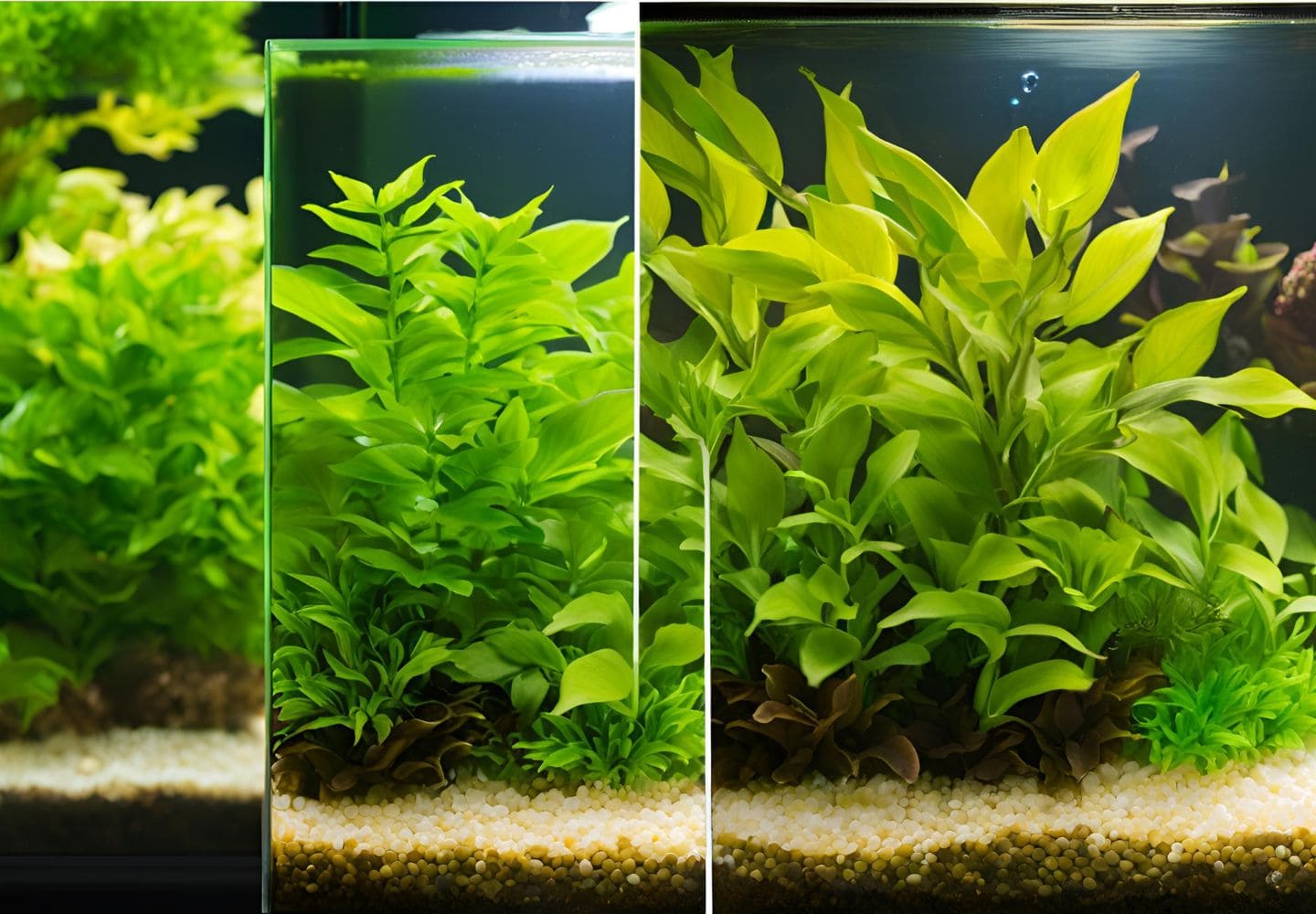
Introduction
Bird of Paradise plants (Strelitzia reginae) are eye-catching with their large, tropical foliage Still, leaf curling is far from an uncommon problem in the houseplant community. If you understand the causes of this and know why it is so, then maybe your dear plant will grow ever healthy and flourishing! In this article, you will find out the biggest reasons why your Bird of Paradise leaves curl up and how to prevent it.
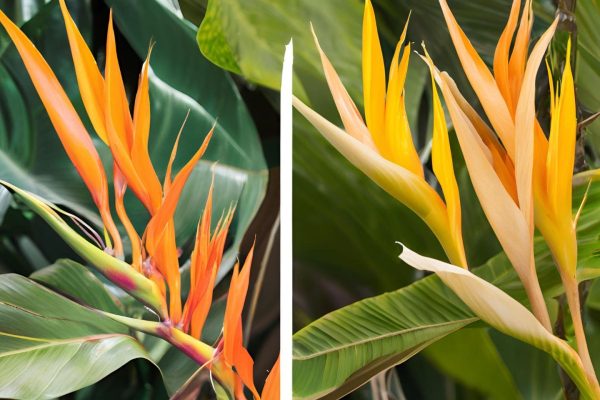
Common Causes of Bird of Paradise Leaves Curling
Reasons For Bird Of Paradise Leaf CurlThere are a great many different reasons that might be causing the leaf curl, all of which contribute to your plant’s overall health in varying ways.
Underwatering: Bird of Paradise leaves will curl inwards to conserve water when the leaf is not getting enough.
Overwatering: Conversely, overwatering can induce root rot that eraids the capacity for nutrient absorption leading to curled leaves.
Low Humidity: Birds of paradise do well in high-humidity conditions. In low humidity, the plant drys out and curls at it edges in an effort to keep any moisture – on the inside.
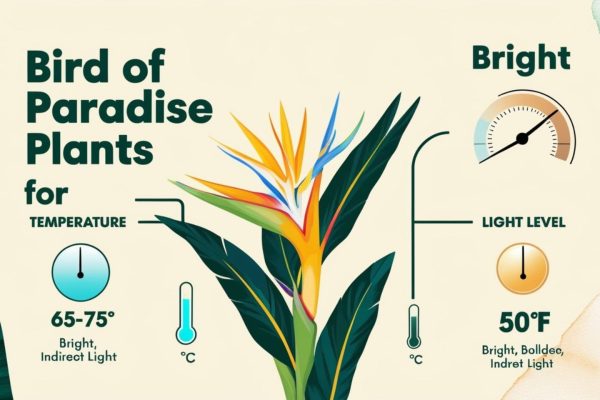
Environmental Factors Affecting Leaf Curling
Temperature Stress: The plant curls its leaves to the cool or hot extremities of temperature it is exposed resulting from stress.
Light Exposure: Bird of Paradise — bright, indirect If our planitis too little or we let the sun sting due to its excessive exposure, it can curl up because photosynthesis is disrupted (or even burned).
Airflow and Ventilation: Curling can also be caused (inpart) due to the lack of ventilation around the plant or if it gets too dry. Lots of good airflow and no overheating as well.
Enjoy Our Another Post On Complete Guide to Aquarium Plants: Types, Benefits, and Care Tips.
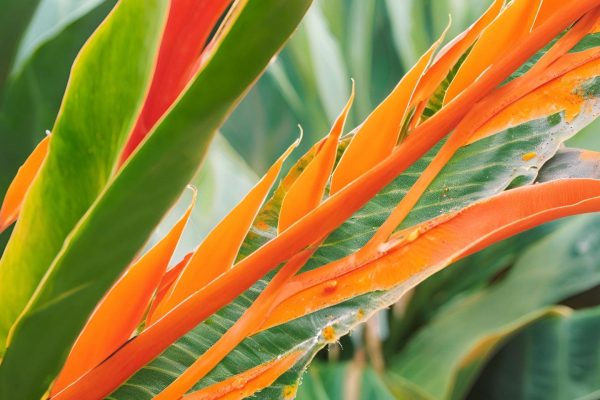
Pests and Diseases
Typical Pests: Spider Mites, Aphids: Spider mites, aphids and other insect pests can also infest the plant, feeding on its nutrients which leads to curled yellowing leaves.
Fungal Infections: Fungal infections, which are typically due to overwatering and inadequate drainage may lead to root rot that can cause curling leaves.
Soil and Nutrient Deficiencies
Poor Soil Drainage: The roots may suffocate if the soil does not drain well, which will then interfere with nutrient absorption and when left untreated could eventually lead to leaf curl.
Lack of Nutrients: Curled leaves are a general stress symptom and can be caused by certain nutrient deficiencies, especially nitrogen, potassium or magnesium.
Over-fertilization: Too much fertilizer can cause the build up of salt in soil and burn your roots to result cupping.
Identifying Curling Patterns and What They Mean
Upward Curling: Likewise with upward curling; it is usually an indication of underwatered or nutrient deficiencies and the plant will suffer in trying to remain strong.
Downward Curling: Leaves curling under — If leaves are starting to curve downwards, it may be a sign of overwater or pest infestation which implies the plant is stressing.
Leaf Edges Curling: Edges which curl usually have low humidity content or are being exposed to drafts. This may also happen if your plant is placed in a too chilly environment.
Preventive Measures
Proper Watering Routine: Water the plant enough but do not overwater it. The soil should be kept wet to the touch but not soggy.
Humidity Control: A humidifier will also be helpful if you place your watermelon peperomia near a source of the humidity that it needs in order to grow properly.
Ideal Growing Environment: To avoid curling, place the plant in a well-lit place and stable temperature with good air circulation.
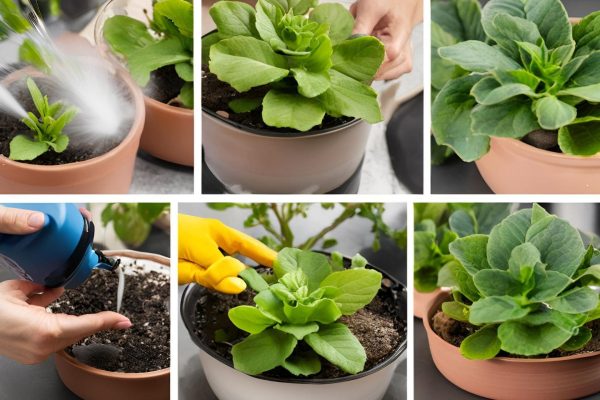
Treatment Options
Correcting Watering Habits: Simply adjust your watering schedule and ensure to that are not either underwatering or overwatering the plant.
Increasing Humidity Levels: You can mist plant on a regular basis or place your potted plants over the humidity tray.
Addressing Pests: Control pests with insecticidal soap or neem oil and move plant to a new location so they do not return.
How to Revive a Curling Bird of Paradise Plant
Step-by-Step Guide – Find Out What Is Causing the Curling – Adjust the watering schedule. – Increase humidity if needed. – Treat pests if present. – Cut away damaged leaves to prepare the way for new ones. – Tools and Materials Needed – Humidity tray – Insecticidal soap – Pruning shears.
Common Mistakes to Avoid
Over-fertilizing: Applying too much fertilizer can cause root burn and curled leaves.
Using Hard Water: The residue left behind can cause salt build up in the soil and has an effect on the health of your plants, resulting to curling.
Overlooking early signs of curling: Spotting the early curling symptoms is the best preventative method for stopping additional harm.
Case Studies and Expert Insights
Examples of Leaf Curl in Real Life: With changes in humidity, as well as attention to pest affects by some plant obsessives have warehoused their Bird of Paradise plants back new victims.
Expert Tips on Prevention: To avoid leaf curling, plant care professionals recommend practicing consistent watering every week and inspect for pests.
The Importance of Regular Plant Maintenance
Pruning: To promote healthy growth, prune your Bird of Paradise by removing any dead or damaged leaves.
Repotting: They said that repotting every 1-2 years makes sure the plant gets new healthy soil & they also have room to grow.
Check for Pests and Environment Regularly: Most issues are preventable through regular maintenance checks, even leaf curling.
The Future of Indoor Plant Care
Trends of Plant care technology on the rise: There is an increased interest in smart plant sensors which keep track of humidity, light levels, as well as water content of the soil.
How to Incorporate These Trends Into Your Life: Utilize these devices to support a proper Bird of Paradise plant care and avoid problems like leaf curl.
Conclusion
Bird of Paradise plant leaf curling is NOT deadly and with the right steps, it can improve. Learn how to recognize the causes and protect your plant so that it remains healthy.
FAQ.
This could be due to underwatering, overwatering, low humidity, pests, or nutrient deficiencies.
Identify the cause, then adjust your watering routine, increase humidity, or treat any pests.
Spider mites, aphids, and other small pests may lead to leaf curling by draining the plant’s nutrients.
